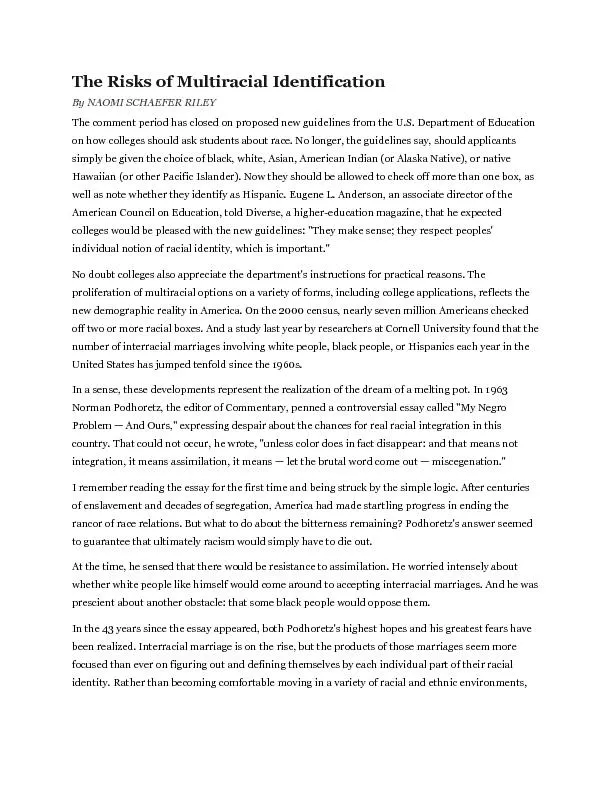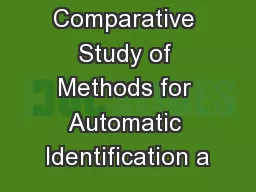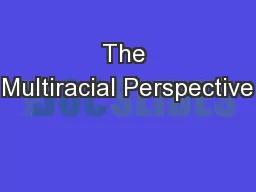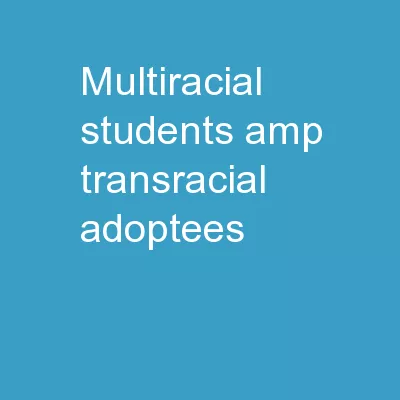PDF-The Risks of Multiracial Identification
Author : danika-pritchard | Published Date : 2016-06-29
By NAOMI SCHAEFER RILEY The comment period has closed on proposed new guidelines from the US Department of Education on how colleges should a sk students about race
Presentation Embed Code
Download Presentation
Download Presentation The PPT/PDF document "The Risks of Multiracial Identification" is the property of its rightful owner. Permission is granted to download and print the materials on this website for personal, non-commercial use only, and to display it on your personal computer provided you do not modify the materials and that you retain all copyright notices contained in the materials. By downloading content from our website, you accept the terms of this agreement.
The Risks of Multiracial Identification: Transcript
Download Rules Of Document
"The Risks of Multiracial Identification"The content belongs to its owner. You may download and print it for personal use, without modification, and keep all copyright notices. By downloading, you agree to these terms.
Related Documents














